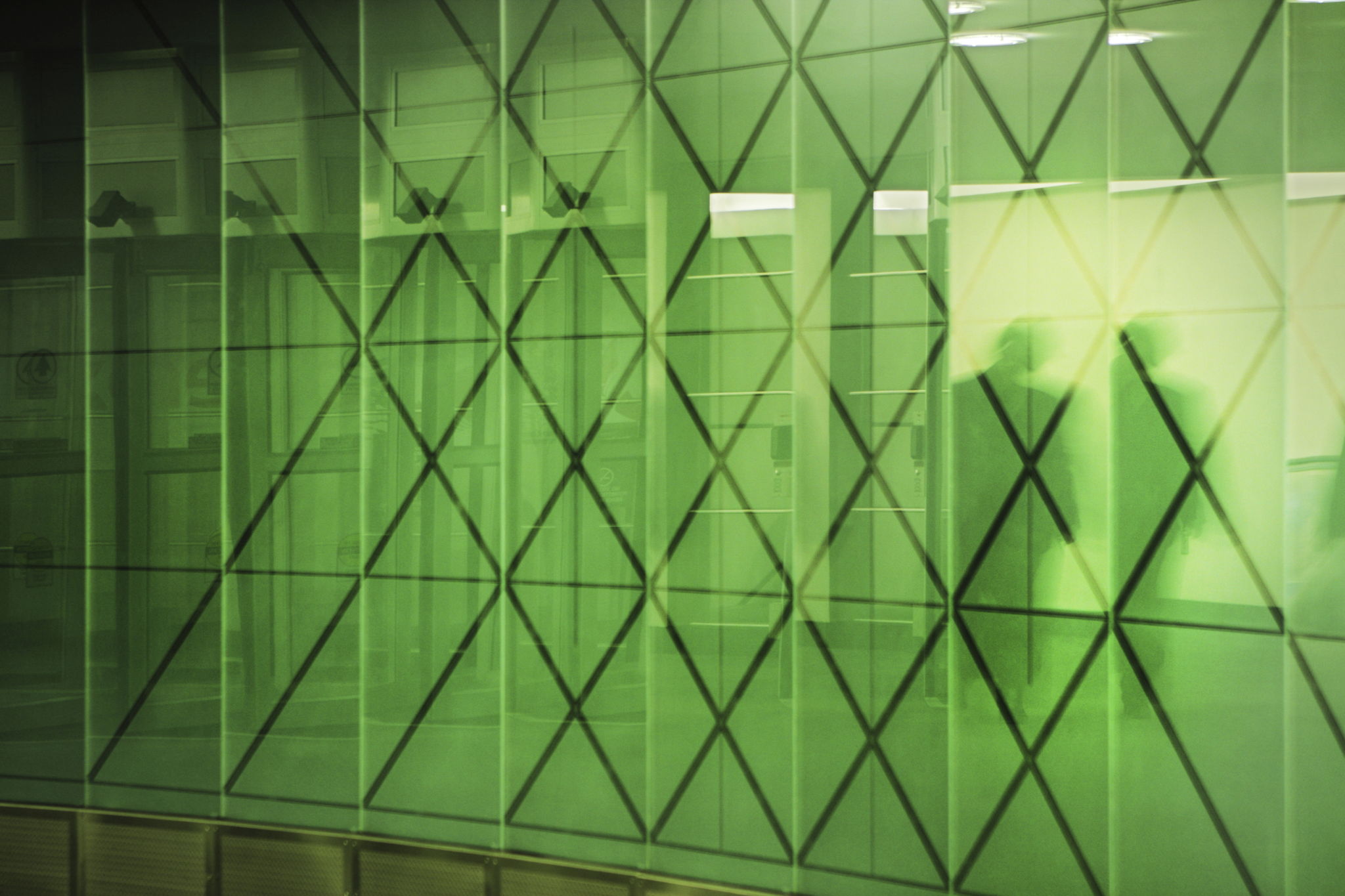Debunking Common Myths About Smart Glass Technology
Understanding Smart Glass Technology
Smart glass technology has been gaining traction across various industries, from architecture to automotive, thanks to its innovative features and energy-saving potential. However, with new technology comes a slew of misconceptions and myths. This blog post aims to debunk some of the most common myths surrounding smart glass technology, helping you to make informed decisions about its applications and benefits.
Myth 1: Smart Glass is Too Expensive
One of the most prevalent myths is that smart glass is prohibitively expensive, making it a luxury item rather than a practical solution. While it's true that the initial investment can be higher than traditional glass, the long-term benefits often outweigh the costs. Smart glass can significantly reduce energy bills by controlling heat and light transmission, contributing to cost savings over time. Additionally, as the technology becomes more widespread, prices are gradually becoming more competitive.

Myth 2: Smart Glass is Not Durable
Another common misconception is that smart glass is fragile and less durable than conventional glass. In reality, smart glass is designed to withstand various environmental conditions and is often made from toughened materials that enhance its durability. It can be just as, if not more, resilient than standard glass options, making it suitable for both residential and commercial use.
Myth 3: Smart Glass is Difficult to Maintain
Some people believe that smart glass requires complex maintenance procedures. However, smart glass is typically low-maintenance and can be cleaned in much the same way as regular glass. The key to maintaining smart glass lies in following manufacturer guidelines and using recommended cleaning products to avoid damaging the electronic components.

The Versatility of Smart Glass
Smart glass technology is not limited to a single application, which leads us to another myth: that it is only suitable for high-tech offices or luxury homes. In reality, smart glass is versatile and can be used in a variety of settings. From hospitals seeking privacy solutions to schools aiming for energy efficiency, the possibilities are vast and varied.
Myth 4: Smart Glass Compromises Privacy
A concern for many potential users is the belief that smart glass cannot offer adequate privacy. However, smart glass can switch from transparent to opaque at the touch of a button or via an automated system. This feature allows for complete control over privacy levels, ensuring that users can enjoy both openness and discretion as needed.

Myth 5: Smart Glass is Not Energy Efficient
Contrary to the belief that smart glass doesn't contribute significantly to energy efficiency, it actually plays a vital role in reducing energy consumption. By modulating sunlight and managing heat gain or loss, smart glass can help regulate indoor temperatures, reducing reliance on heating and cooling systems. This contributes to a more sustainable environment and lower energy costs.
The Future of Smart Glass Technology
The potential of smart glass technology is still being explored, with continuous innovations and improvements being made. As understanding grows and myths are debunked, more individuals and industries are likely to embrace this transformative technology. With applications ranging from residential to commercial spaces, smart glass presents an exciting opportunity to enhance functionality and sustainability in our environments.
